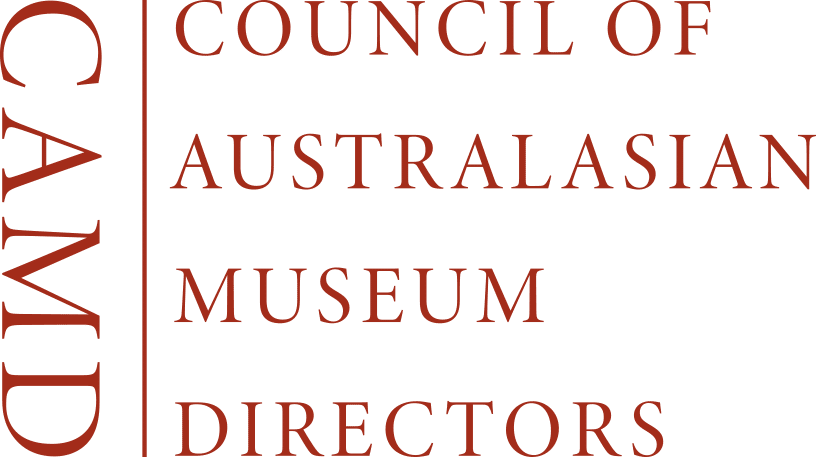The Atlas of Living Australia, which was initiated by CAMD museums in 2005, allows the richly diverse biodiversity collections in museums and other sites to be available online to the world’s researchers.
For further detail of the ALA and CAMD’s involvement see the Atlas of Living Australia on the CAMD public site.
Dr Suzanne Miller, Director, South Australian Museum is CAMD’s representative on the ALA management committee.

